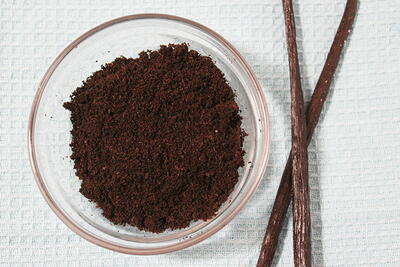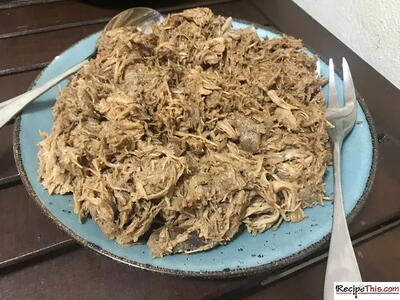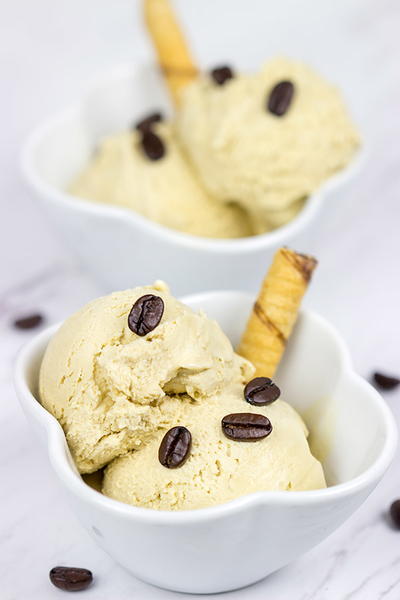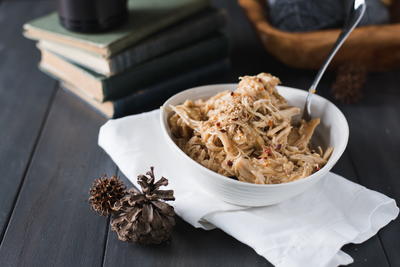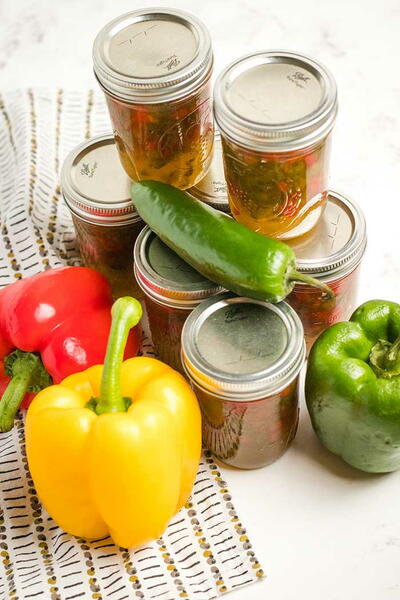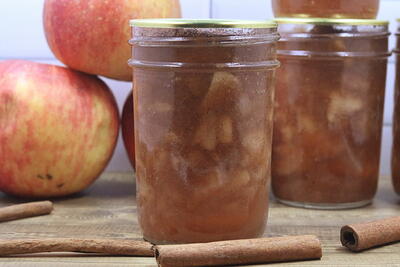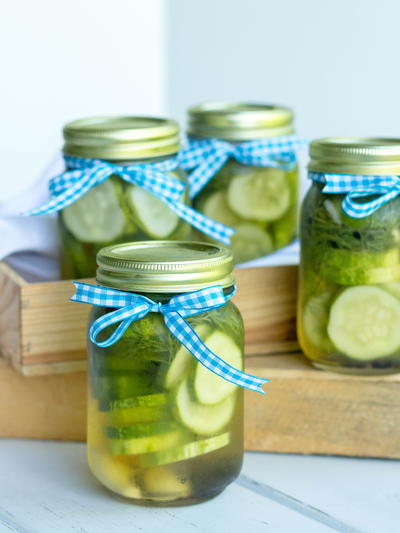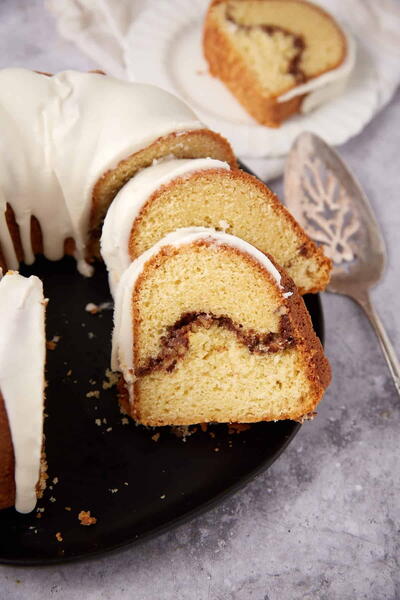Potted Butter
Ingredients
- Butter for preservation without deep refrigeration must be made
- from good flavored cream produced under the most hygienic conditions.
- The cream should only be ripened to an acidity of 0.25 to 0.3% and
- should have a clean, slightly acid taste and smell.
Instructions
Butter for preservation should be churned to a rather small grain, washed at least twice, and then brined for 20 minutes. The butter should then be removed from the brine, placed on the butter-worker [this is a device like a large rolling pin which is rolled over the butter at great pressure to squeeze the water and buttermilk out], and rolled five or six times in order to remove all superfluous moisture. The butter should be left on the worker if possible for 3-4 hours and then again rolled five or six times. During this second rolling dry salt should be added in the proportion of about 3/4 oz of salt to 1 lb. butter, and worked well into the butter, expelling as much moisture as possible. The texture of the butter is much less important than its required low moisture content. After the second working the butter was traditionally packed into a dry, glazed earthenware crock. The crock must be free from cracks and be well washed and scalded before each use. The butter should be filled into the crock very firmly, and there should be no air spaces whatsoever -- this can be achieved by working the butter in the crock if large enough from the center outwards with a piece of clean, damp muslin over the closed fist. Finally the butter should be leveled and covered with a layer of salt two inches thick. The crock should be covered with parchment or greaseproof paper, tied down, and stored in a cool place until the butter is required for use. Butter thus potted should keep for 4-6 months. If the butter tastes excessively salty when required for use, it should be removed from the crock in pieces about the size of a walnut, allowed to stand in clean water for 30 to 40 minutes, and then reworked." Storing butter -- Butter will keep for months in a deep freezer, but beware of not removing surplus moisture. 28g / 1 oz / 1/4 cup salt to 450g / 1 lb / 2 cups butter will keep it from going rancid, particularly if it is stored in earthenware pots in a cool place." Larger quantities of butter can be preserved in a crock or 'potted' with a fairly high proportion of salt. Salt [the butter] at the rate of 2 1/2 percent of its weight. Scald a crock, tub or barrel and air dry. Throw the butter hard into the vessel to excluse air, then add a handful of salt. Continue until the crock is full to the top. Cover well and keep away from strong odors which could taint the butter. When you come to use this butter you may have to wash some of the salt out of it." She also gives a recipe for "pickling" butter in brine and sugar, but she says she's never tried it, so I won't pass it on. Looking at all of these descriptions, the important thing seems to be to get all the water and water-soluble milk solids out of the butter, by working it for as long as you think you have to to achieve this: then salt the stuff within an inch of its life and pack it down airtight (and absolutely air-free, in the body of the butter). It makes sense, since what most quickly makes butter go bad is any presence of watersoluble milk solids in it: get rid of all that, and all you have to worry about is pure butterfat. Exclude as much air as possible from that, so as to slow the oxidation of the fats down to the absolute minimum, and the butter should keep good for a long time. (It should be mentioned here in passing that, in ancient times in Ireland, a favorite way of keeping butter good for prolonged periods was to salt it as heavily as you could afford to [salt wasn't cheap in those days, or easy to come by inland] and then put it in a leather or animal-stomach bag and let it down on a rope into a nice cool bog. Archaeologists here still routinely dig up bags of this "bog butter", some of them hundreds of years old, and in cases where the butter was salted heavily enough, it's still edible (though you'd better believe it tastes seriously of bog!).
Read NextSweet Hot Pepper Jelly Recipe



